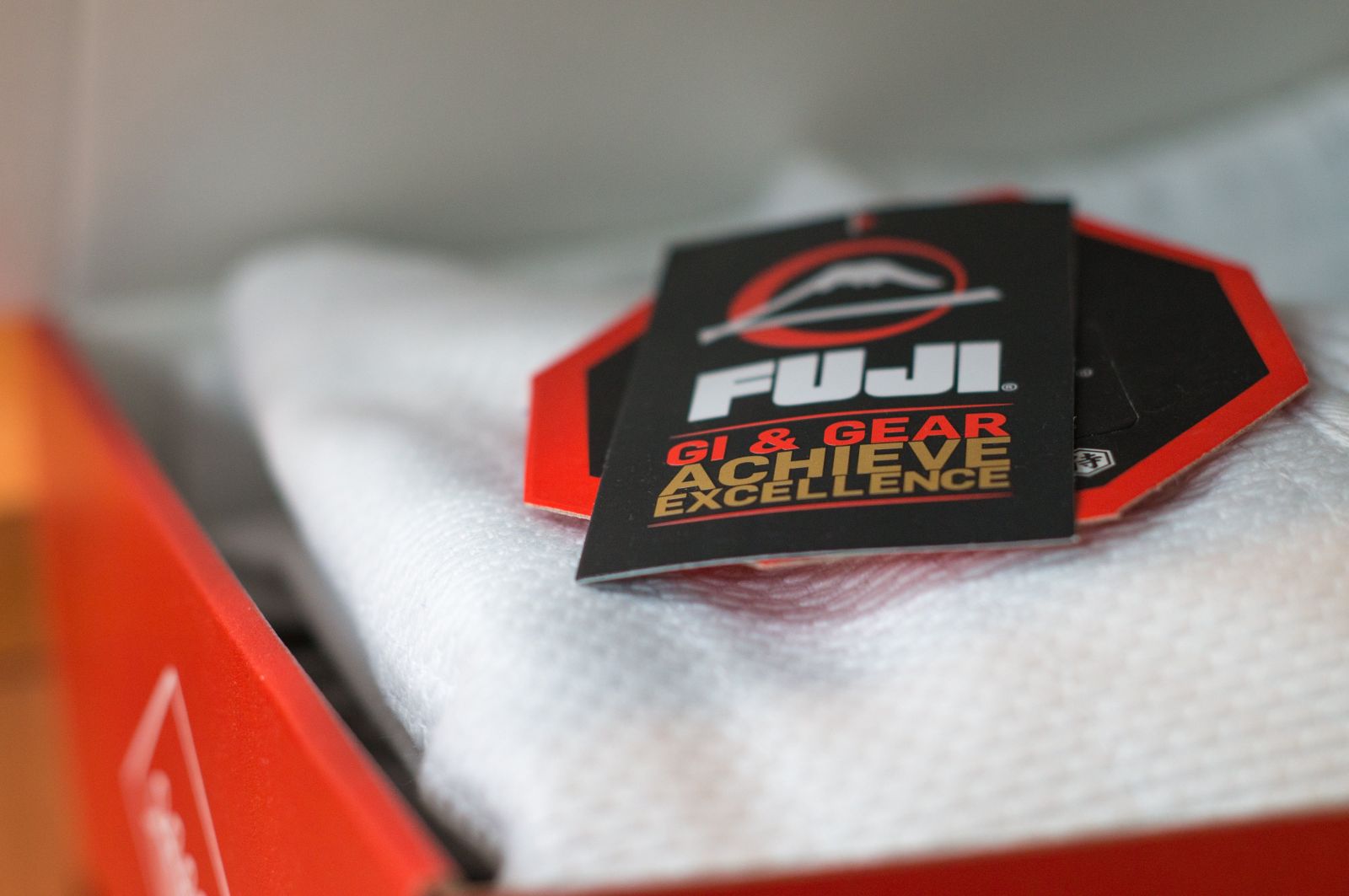
Judo, the martial art developed in Japan, is not only known for its intricate techniques but also for its distinct uniform – the Judo Gi. One may wonder why the traditional Judo Gi is predominantly white when coloured uniforms are prevalent in other sports. The answer lies not just in tradition and aesthetics, but surprisingly, in environmental consciousness. In this blog post, we'll delve into the fascinating journey of the white Judo Gi, exploring the reasons behind its color choice and its environmental advantages.
Tradition and Symbolism
The white Judo Gi has its roots deeply embedded in Japanese tradition and martial arts philosophy. In Japanese culture, white is often associated with purity, respect, and the pursuit of perfection. The choice of white for the Judo Gi reflects the principles of humility and simplicity that are integral to the art of Judo. Moreover, the clean and neutral appearance of the white Gi allows opponents and judges to focus solely on the techniques being executed, without distractions.
Environmental Friendliness: The Dyeing Process
While tradition plays a significant role, there is an often-overlooked environmental aspect to the choice of a white Judo Gi. The process of dyeing fabrics, especially in vibrant colors, involves a considerable amount of water and energy consumption, as well as the use of various chemicals. In contrast, the white Judo Gi skips the dyeing step altogether, saving resources and reducing the environmental impact associated with traditional coloring methods.
The Water-Saving Advantage
Water scarcity is a growing concern globally, and industries are increasingly being scrutinised for their water usage. Coloured fabrics, including those used in martial arts uniforms, typically undergo multiple dyeing processes, leading to higher water consumption. In comparison, the white Judo Gi is manufactured without the need for these extensive dyeing procedures, resulting in a significantly lower water footprint. Choosing a white Gi contributes to water conservation and aligns with the growing need for sustainable practices in the textile industry.
Reducing Chemical Usage
In addition to water consumption, the dyeing process involves the use of various chemicals that can be harmful to both the environment and human health. By opting for a white Judo Gi, practitioners indirectly support a reduction in the use of these chemicals. This not only lessens the ecological impact but also minimises the potential health risks associated with the manufacturing of coloured fabrics.
With a 50 plus years heritage, Fuji Sports have paved the way in helping reduce and minimise water consumption as well as reduce the use of harsh chemical used in both the making and cleaning up during manufacturing. With many trends that are set out by governing bodies such as the IJF allowing the use of just 2 colours, White and Blue Judo uniforms, traditionally Judo was all white. The introduction of Judo to the Olympics forced Judo to adopt a second colour for television, so the audiance could easily follow the action on a black and white TV. Some tournaments still allow both Judoka to wear white uniforms, but the allour of a second coloured Judo Gi is always a want for most Judoka.
Conclusion
The choice of the white Judo Gi goes beyond tradition and symbolism; it embodies a commitment to environmental sustainability. By selecting a uniform that skips the dyeing process, judo practitioners contribute to water conservation, reduce chemical usage, and promote a more eco-friendly approach to manufacturing. As we navigate a world increasingly conscious of its environmental impact, the white Judo Gi stands as a symbol not only of martial arts tradition but also of a mindful choice that aligns with a sustainable future.
Leave a comment